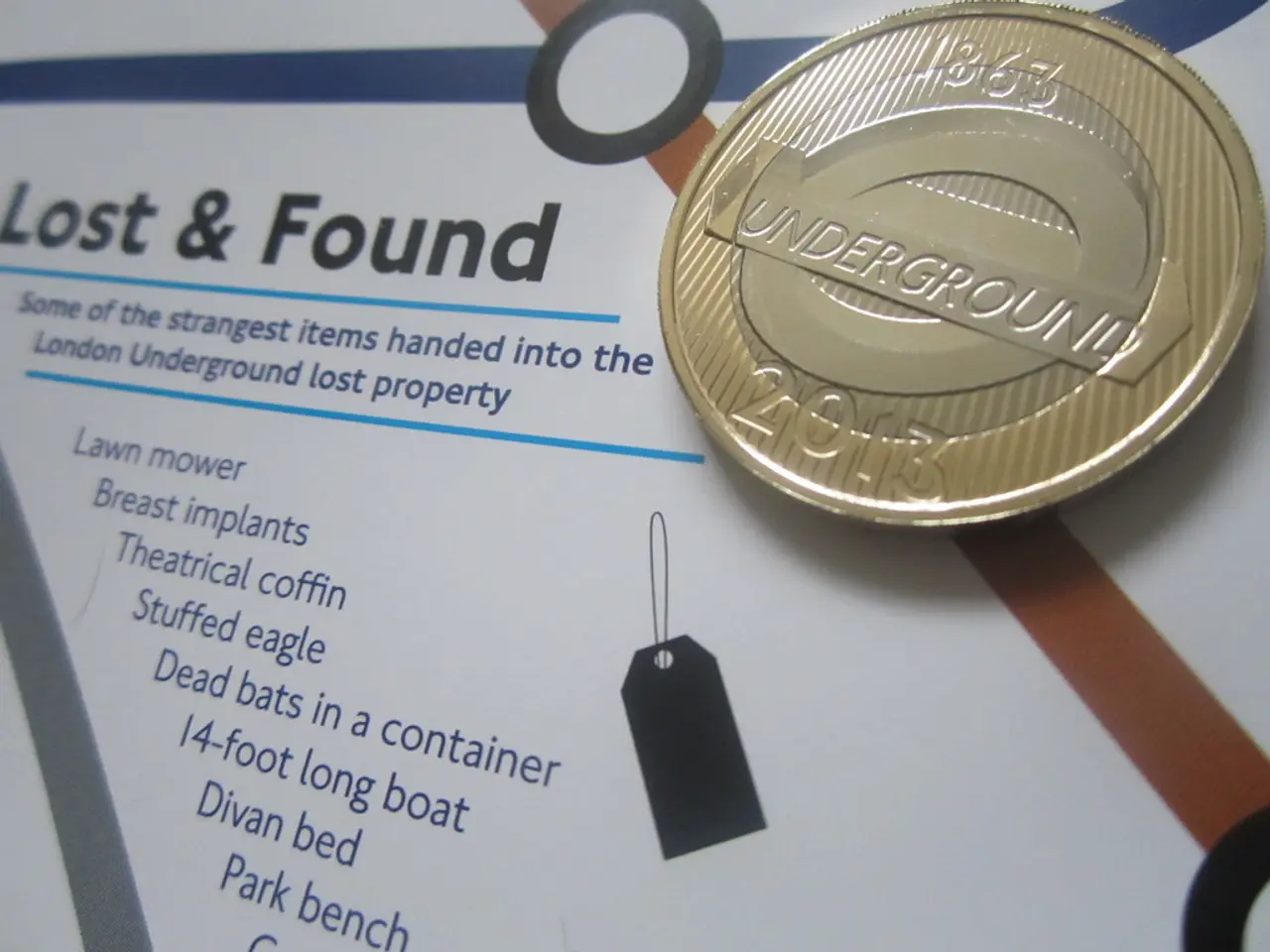Financial institutions invited to showcase central bank digital currency trials on distributed ledger technology platforms.
The Bank of England, in partnership with the London branch of the Bank for International Settlements Innovation Hub (BISIH), has launched the DLT Innovation Challenge. This initiative aims to investigate the use of external, decentralized ledgers for the settlement of wholesale central bank money [1][2].
The objective of the challenge is to discover innovative solutions that can support secure, scalable, and interoperable settlement processes on programmable ledgers. Crucially, these solutions should not rely on inherent trust [1][2]. This endeavour forms part of the Bank's broader efforts to adapt to evolving wholesale technology landscapes, including the renewal of its Real-Time Gross Settlement (RTGS) service and potential integration with external ledgers.
While traditional Central Bank Digital Currencies (CBDCs) are typically developed and managed by central banks using proprietary systems, this challenge takes a different approach. Instead of maintaining their own ledger, central banks are exploring the use of existing decentralized systems to facilitate settlements. This could potentially enhance interoperability and scalability [1][2].
Key differences between the traditional CBDC approach and the DLT Innovation Challenge include ledger control, interoperability, scalability, and security. In traditional CBDCs, central banks issue and manage digital currencies on a ledger they control. However, the DLT Innovation Challenge involves using external decentralized ledgers, which could offer different scalability and security profiles compared to centralized CBDC systems [1][2].
The DLT Innovation Challenge, which will take place in September and October, is open to local and international participants. Applications close on 23rd July. The Bank and the BISIH are particularly interested in exploring whether DLT can support settlement finality and security, scalability, network and asset control, and interoperability [1][2].
One potential option for the Bank is a wholesale CBDC (wCBDC) on a unified ledger that also hosts other assets such as securities. Another option could be tokenized deposits available on-chain but with central bank money not yet integrated. In such cases, the availability and utility of these alternatives could influence the decision on what will be used for settlement [1][2].
Notably, the UK's position differs from many jurisdictions due to the existence of Fnality, a DLT-based wholesale payments system that enables on-chain settlement using central bank reserves. The first wholesale CBDC used in a production environment is issued on a ledger controlled by the SIX Digital Exchange, which operates the SIC real-time gross settlement system, known for its considerable trust between the Swiss National Bank and SIX [1][2].
The Bank's exploration of central bank money payments also includes a synchronization solution between its RTGS system and blockchains. This initiative fits in with the Bank's current examination of various options for central bank money payments [1][2].
In environments where trust may not be as readily available, the Bank is particularly interested in the DLT Innovation Challenge. The challenge is designed to demonstrate the usage of central bank money on third-party ledgers, offering a unique opportunity to explore the potential benefits and challenges of this approach [1][2].
- The DLT Innovation Challenge, approaching in September and October, invites participants, both local and international, to propose solutions that can support the secure, scalable, and interoperable use of programmable ledgers for settlement processes, with a focus on solutions that do not rely on inherent trust.
- Unlike traditional Central Bank Digital Currencies (CBDCs) that central banks manage using proprietary systems, the DLT Innovation Challenge explores the use of existing decentralized systems to facilitate settlements, an approach that could potentially enhance interoperability and scalability.
- Key differences between the traditional CBDC approach and the DLT Innovation Challenge include ledger control, interoperability, scalability, and security. The Challenge involves using external decentralized ledgers, offering potentially different scalability and security profiles compared to centralized CBDC systems.
- As the Bank of England investigates the use of external, decentralized ledgers for wholesale central bank money settlement, they are considering a wholesale CBDC on a unified ledger that hosts other assets such as securities or tokenized deposits available on-chain but with central bank money not yet integrated. Such alternatives could influence the decision on what will be used for settlement.



